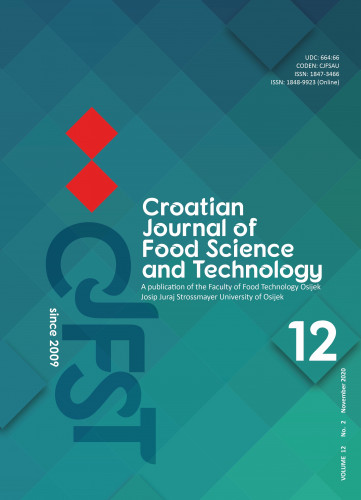Fish is an essential component of a balanced and healthy diet and the present demand for fish cannot be sustained by capture fisheries. Consequently, aquaculture is currently the fastest growing food production industry in the world, contributing to more than half of the global fish production intended for human consumption. Although the image of aquaculture is not necessarily negative per se, consumers around the world still have a greater preference for wild fish. Therefore, the aim of this review is to critically evaluate some of the factors which may affect consumer preferences: socio-demographic characteristics of consumers, quality and safety perception of products from aquaculture, price of aquaculture products and socio-economic aspects of aquaculture, and concerns about the negative impact of aquaculture on the environment and about the sustainability of the production method. A literature review confirmed that age is the most influential sociodemographic variable. Being younger, female or having higher income and a higher education level can result in greater preference for aquaculture products. The image of farmed fish suffers from a perception of lower quality in terms of taste, health and nutritional value and, in some cases, even from low safety perceptions. On the other hand, farmed fish is believed to have lower prices and greater availability. Additionally, economic benefits are one of the main advantages of aquaculture. Mixed results emerge, however, with regard to the environmental impact of aquaculture, but sustainable production may compensate for possible environmental concerns and drive preference for farmed fish.
Sažetak

 Croatian journal of food science and technology : a publication of the Faculty of Food Technology Osijek : 12,2(2020) / editor-in-chief Jurislav Babić.
Croatian journal of food science and technology : a publication of the Faculty of Food Technology Osijek : 12,2(2020) / editor-in-chief Jurislav Babić.